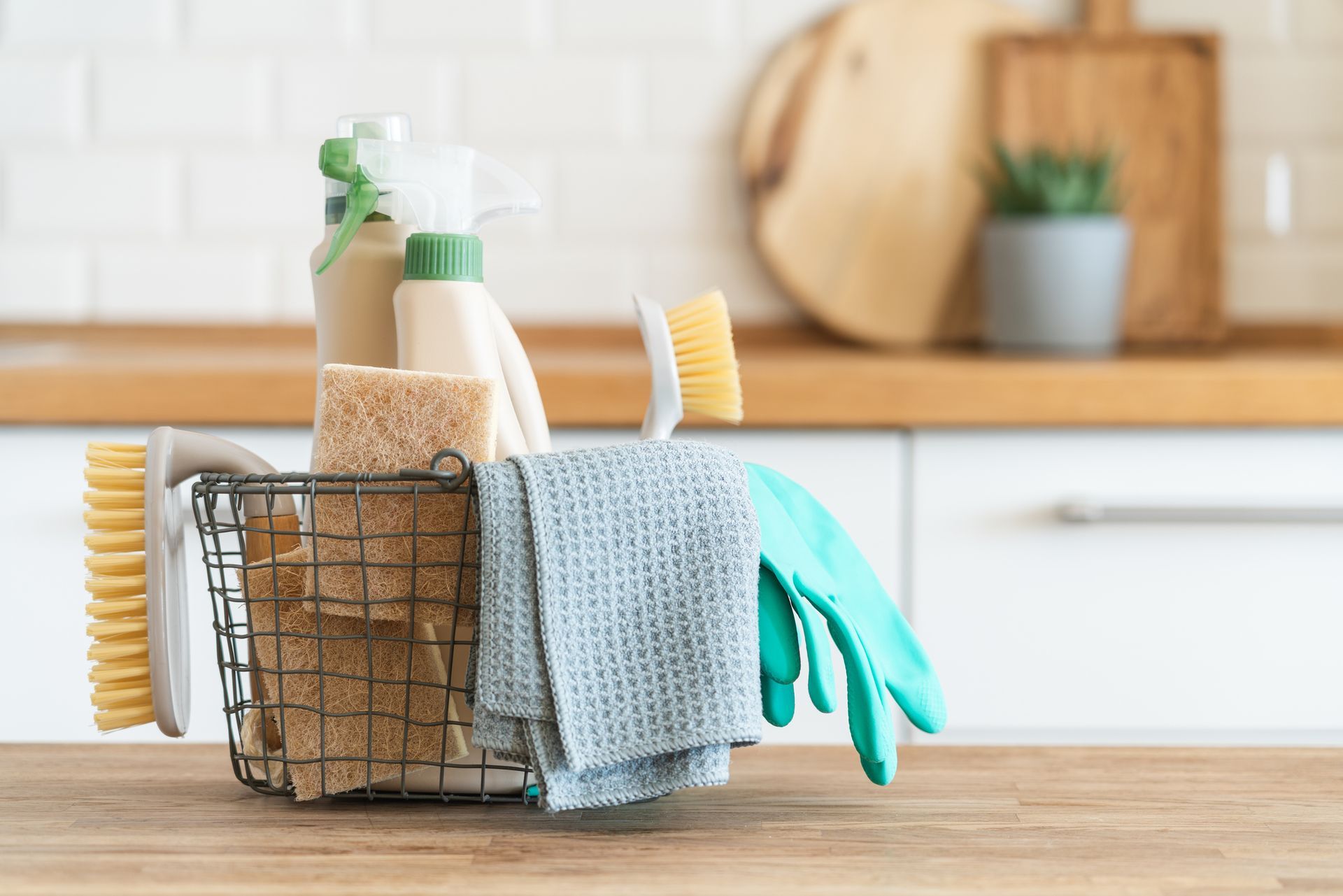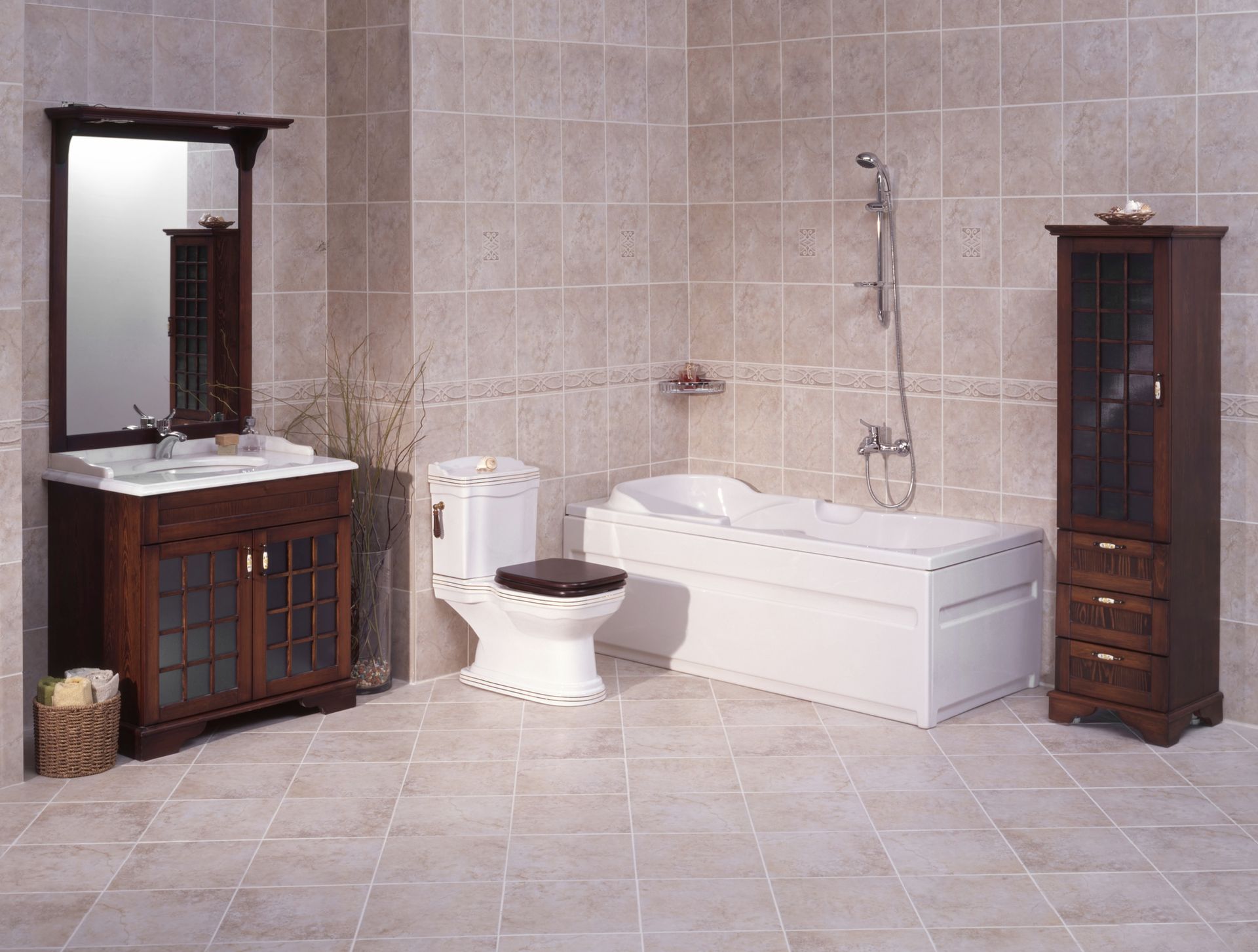Top Tips on How to Decrease Dust in the House
Tired of battling dust in your home? Learn how to decrease dust in the house with these straightforward tips that make a noticeable difference. Let’s begin.
Key Takeaways
- Use doormats and a no-shoe policy to keep outdoor dust from entering your home.
- Regularly groom pets and wash bedding to minimize pet dander and dust buildup.
- Control humidity levels and clean HVAC filters to improve indoor air quality and reduce dust.
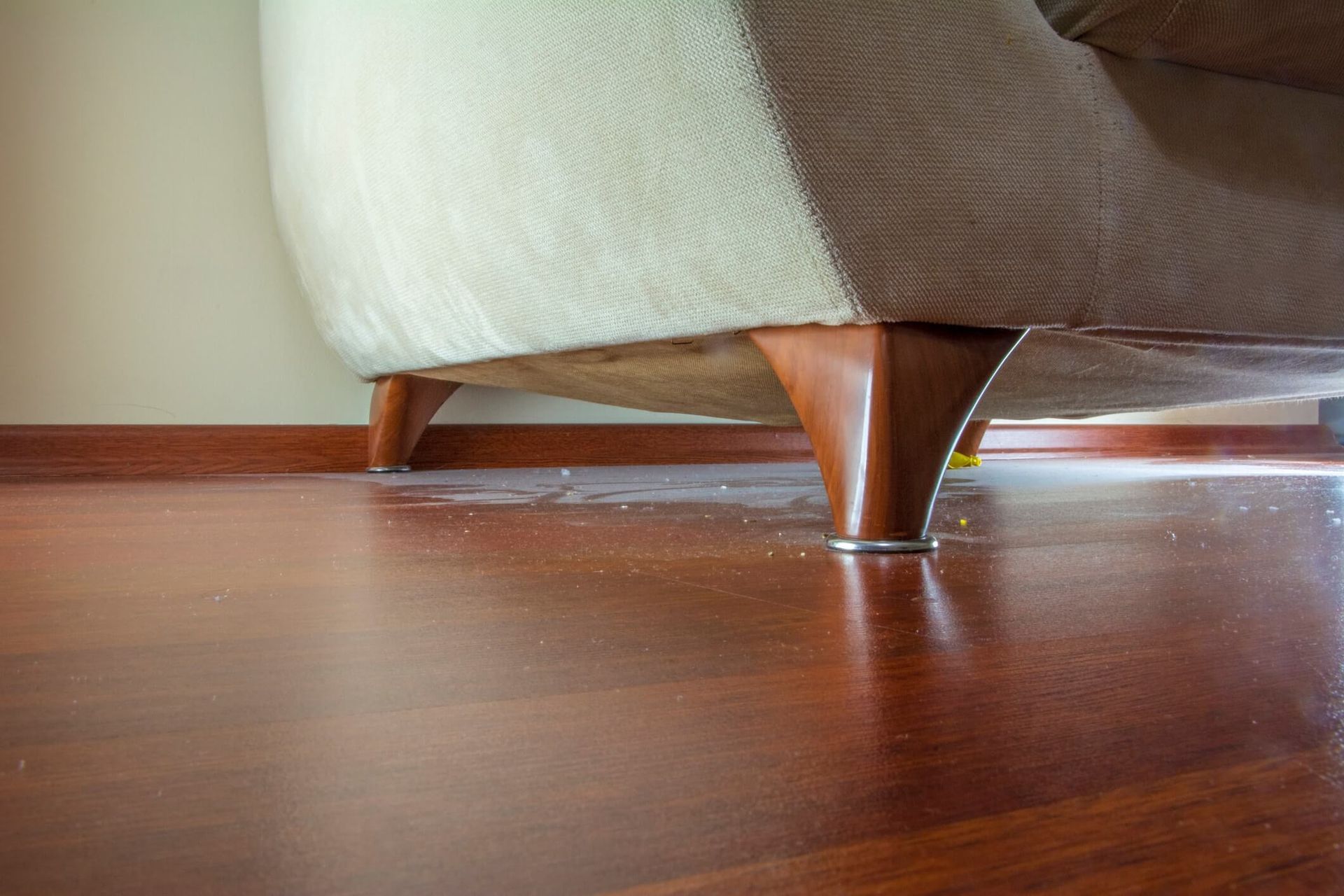
Understanding Dust and Its Sources
What is Dust?
Dust is a collection of tiny particles that are found in the air and on surfaces throughout your home. It is composed of a variety of substances, including dead skin cells, hair, clothing fibers, and airborne pollutants. One of the most common components of dust is dust mites, which are microscopic insects that thrive on human skin cells and other organic matter. These dust particles can be as small as 0.3 microns, making them invisible to the naked eye but still capable of affecting your indoor air quality.
Where Does Dust Come From?
Dust can originate from numerous sources, both inside and outside your home. Outdoor sources include pollen, mold spores, and airborne pollutants, which can easily enter your home through open windows and doors. Inside your home, dust is generated from dead skin cells, hair, and clothing fibers. Additionally, dust mites and other tiny insects contribute to the dust accumulation. Everyday household activities such as cooking, cleaning, and even walking around can stir up dust particles, making them airborne and more likely to settle on surfaces.
Use Doormats and Shoe Removal Policy
One of the simplest yet most effective ways to reduce dust starts right at your front door. Placing doormats at all entrances is a game-changer. Doormats trap outdoor dust and dirt particles from shoes before they enter your home, acting as the first line of defense against dust accumulation. For maximum effectiveness, use fiber doormats both outside and inside your doors.
Implementing a no-shoe policy inside your home further enhances this strategy. Asking guests and family members to remove their shoes not only keeps floors cleaner but also significantly reduces the amount of dust brought inside. You can provide house shoes for guests to ensure comfort while maintaining a dust-free home.
Don’t forget to maintain your doormats by washing or vacuuming them regularly. This prevents dust buildup on the mats themselves, ensuring they continue to serve their purpose effectively. Combining doormats with a no-shoe policy leads to a substantial decrease in dust levels inside your home.
Regular Pet Grooming and Maintenance
Our furry friends bring joy and companionship, but they also contribute to household dust through pet dander and hair. Regular grooming helps manage this issue. Frequent grooming significantly reduces pet dander and hair on floors and furniture, maintaining a cleaner home environment.
Daily brushing, especially with a quality de-shedding tool, noticeably reduces loose hair from pets. Whenever possible, brush your pets outside to keep hair from entering your home. Additionally, using sticky lint rollers is an effective way to remove pet hair from clothing and furniture, keeping your living space tidy. Dogs should also be bathed once a month to every three months to help reduce dust accumulation from pet dander.
Vacuum regularly with a HEPA filter-equipped vacuum cleaner to effectively remove pet dander and hair, contributing to better indoor air quality and more comfortable living space.
Keep Windows Closed on Windy Days
Windy days can be a nightmare for those trying to keep a dust-free home. In such conditions, keep your windows closed to prevent high levels of pollen and dust from entering your home, especially during peak pollen hours between 10 AM and 3 PM.
Ensure your windows are properly sealed and equipped with screens to keep dust and allergens out, maintaining indoor air quality. By following these steps, you can significantly reduce the amount of dust that enters your home on windy days.
Wash Bedding and Fabrics Frequently
Bedding and fabrics are major culprits when it comes to dust accumulation. Regularly cleaning textiles is crucial for a dust-free home. Bed linens and fabrics should be washed frequently to eliminate dust mites and dead skin cells, major contributors to household dust.
Don’t forget about your pillows and comforters. These should be aired out every two or three days to reduce dust accumulation. Using vacuum attachments to clean mattresses and upholstery helps eliminate dust that regular washing might miss. Curtains should also be part of your regular cleaning routine, as they can trap a lot of dust over time.
Keeping these fabrics clean significantly reduces dust in your home, leading to a healthier and more comfortable living environment.
Proper Vacuuming Techniques
Vacuuming is a cornerstone of any dust-reduction strategy, but technique matters just as much as frequency. For the best results, vacuum regularly with a vacuum cleaner equipped with a HEPA filter. HEPA filters remove 99.7 percent of dust particles, making them ideal for improving indoor air quality.
While vacuuming, use structured rows and overlap each strip slightly to ensure thorough cleaning. Alternate vacuuming directions with each pass, first going north-south and then east-west. This method helps capture all dirt and debris, ensuring a more effective cleaning.
After vacuuming, mop floors and wipe down surfaces with a damp microfiber cloth. This helps eliminate any remaining dust and dirt particles, leaving your home truly dust-free. By following these proper vacuuming techniques, you can significantly reduce dust accumulation in your home.
Damp Dusting and Mopping
Damp dusting is highly effective for reducing dust. Using damp microfiber cloths traps dust particles, preventing them from spreading. These cloths are particularly effective because they can absorb up to eight times their weight in liquid, making them excellent for dusting and cleaning spills.
Mopping floors with warm water or specialized cleaning solutions after vacuuming further enhances dust removal. This two-step process ensures that all remaining dust and dirt particles are captured, helping to maintain a dust-free home environment.
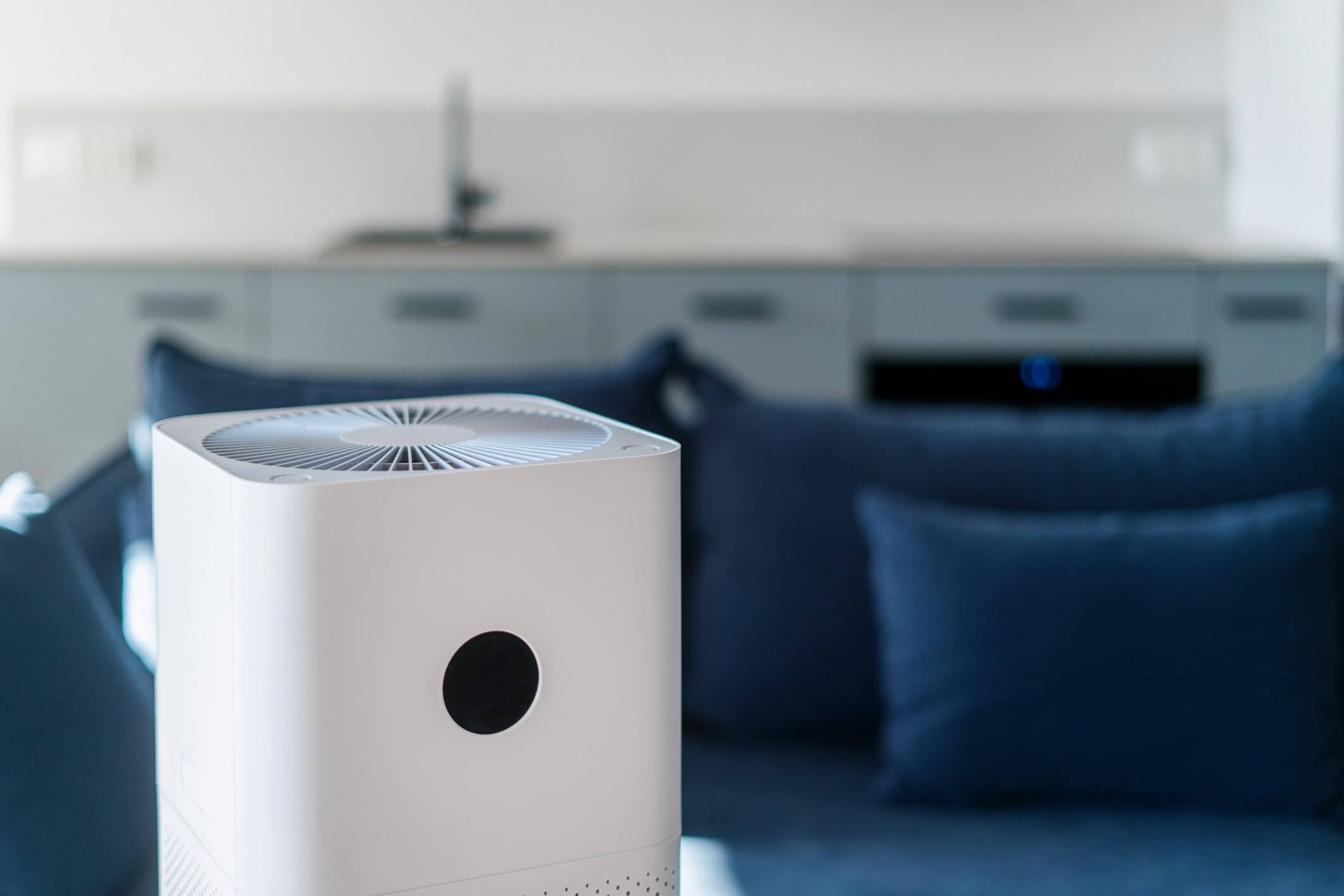
Install Air Purifiers
Air purifiers are a fantastic tool for reducing dust in your home. These devices work by capturing airborne dust particles before they have a chance to settle, significantly reducing the amount of dust in your living space. High-efficiency particulate air purifiers are particularly effective, trapping 99.97% of pollutants as small as 0.3 microns.
For best results, consider leaving your air purifier on continuously. This helps maintain cleaner air and reduces both visible and invisible dust. Whether you opt for a whole-house unit or a small portable model, air purifiers can make a noticeable difference in your home’s dust levels.
Change HVAC Filters Regularly
Your HVAC system plays a crucial role in maintaining indoor air quality. Changing HVAC filters and air filters regularly is essential for reducing dust in your home. Ideally, filters should be changed every three months, but this can vary depending on your home’s conditions.
In homes with pets or in areas with poor air quality, you may need to change air filters more frequently, approximately every 60 days. Regularly changing your HVAC filters helps trap dust and other particles, keeping your home cleaner and your air fresher.
Declutter and Organize
A cluttered home is a dust magnet. Decluttering and organizing your living space can significantly reduce dust accumulation. By eliminating knickknacks and keeping surfaces clear, you create fewer places for dust to settle.
Less clutter means less fabric shedding fibers and easier dusting. Use storage solutions like bags to cut down on dust from clothes and fabrics. Keeping your home organized not only makes cleaning easier but also helps maintain a dust-free environment.
Limit Clutter and Knick-Knacks
Clutter and knick-knacks are notorious for attracting and holding onto dust. By minimizing the amount of clutter and decorative items in your home, you can significantly reduce the amount of dust that accumulates. Store items in closed containers or bins to keep them dust-free, and make it a habit to dust surfaces regularly. This not only helps in eliminating household dust but also makes your cleaning routine more manageable. Keeping your home organized and free of unnecessary items creates fewer places for dust to settle, contributing to a cleaner and healthier living environment.
Control Humidity Levels
Controlling humidity levels in your home is another effective way to reduce dust. Maintain relative humidity levels between 40 to 50 percent to prevent dust mites from thriving and to reduce dust buildup. Dehumidifiers can be particularly helpful in managing indoor moisture levels, especially in humid climates.
By keeping humidity levels in check, you can create an environment that is less conducive to dust accumulation, leading to a cleaner and healthier home.
Clean Window Blinds and Screens
Window blinds and screens are often overlooked but can harbor a significant amount of visible dust. Clean your window blinds regularly, ideally at least once a month, to prevent dust buildup. For window screens, a thorough washing once a year, preferably in the spring, can help keep dust and other pollutants from entering your home.
A mixture of vinegar and water enhances blind cleaning while drying them in sunlight eliminates odors and acts as a natural disinfectant.
Keeping these areas clean contributes to better indoor air quality and helps eliminate household dust for a dust-free home.
Beat and Clean Rugs Outdoors
Beating and cleaning rugs outdoors is an effective method to remove dust. Taking rugs outside and giving them a good beating dislodges dust particles settled deep within the fibers. This method is particularly effective for rugs that are difficult to clean with a vacuum alone.
For additional cleaning, use a vacuum with strong suction to remove dust and stains from both sides of the rugs. Gentle scrubbing with a soft-bristle brush and DIY cleaning solutions like diluted dish soap or white vinegar can help maintain the cleanliness of your rugs.
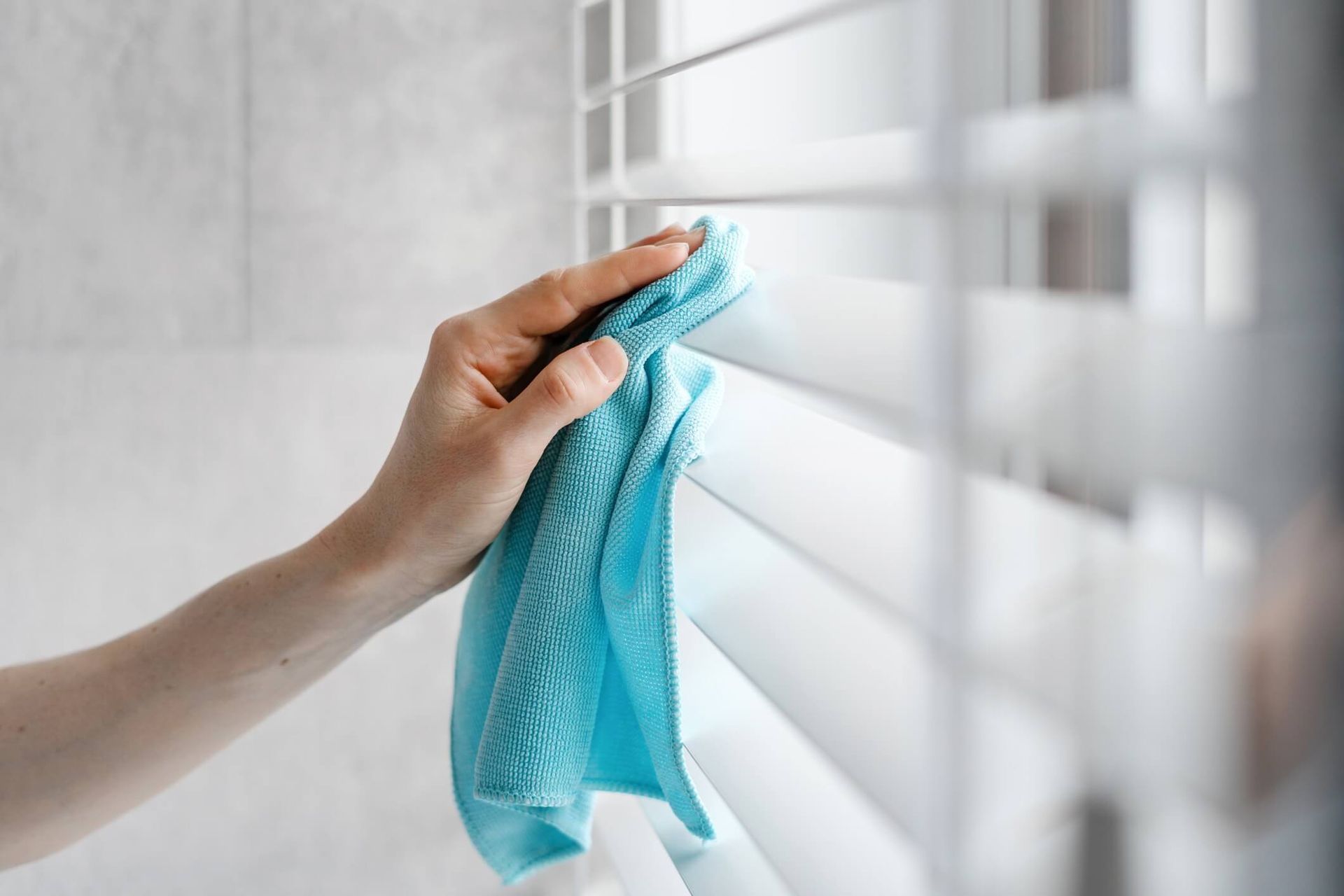
Utilize Microfiber Cleaning Cloths
Microfiber cleaning cloths are a must-have for anyone serious about reducing dust in their home. These cloths are made from tiny strands of polyester and nylon that attract dust particles due to their positive charge. The high fiber count generates a stronger static charge, which holds onto dust particles rather than just moving them around.
Microfiber cloths can be used damp or dry and are capable of cleaning surfaces without leaving streaks or lint. They are effective for dusting and polishing surfaces, making them a versatile and essential tool for maintaining a dust-free home.
Summary
Reducing dust in your home doesn’t have to be a daunting task. By implementing these practical tips—from using doormats and a no-shoe policy to regular pet grooming, proper vacuuming techniques, and utilizing air purifiers—you can significantly cut down on household dust. Remember, a cleaner home is not just about aesthetics; it’s about creating a healthier environment for you and your family. Start with these steps, and enjoy a dust-free home!
Say Goodbye to Dust with Flanders Cleaning Services!
Keeping your home dust-free can feel overwhelming, but Flanders Cleaning Services is here to help! Our professional team specializes in creating clean, healthy living spaces with customized solutions for every home. From deep cleaning carpets and furniture to tackling dust-prone areas like blinds and window screens, we do the hard work so you can breathe easier. Contact Flanders Cleaning Services today and let us transform your home into a truly dust-free sanctuary!
Frequently Asked Questions
How often should I wash my bedding to reduce dust?
Washing your bedding at least once a week is key to reducing dust mites and dead skin cells. It makes a big difference in keeping your space fresh and clean!
What type of air purifier is best for capturing dust?
HEPA air purifiers are the best choice for capturing dust, as they can trap 99.97% of particles as small as 0.3 microns. You'll notice a significant reduction in dust levels with one of these in your home.
How frequently should I change my HVAC filters?
You should change your HVAC filters every three months, but if you have pets or live in an area with poor air quality, aim for every 60 days. Keeping up with this helps maintain good air quality in your home!
Why is it important to keep windows closed on windy days?
It's crucial to keep windows closed on windy days to block pollen and dust from sneaking inside, helping to keep your indoor air clean and healthy. This simple step can really make a difference in reducing allergens!
Can microfiber cloths be used for both wet and dry dusting?
Absolutely, microfiber cloths are great for both wet and dry dusting. They trap dust effectively and won't leave any streaks or lint behind!


